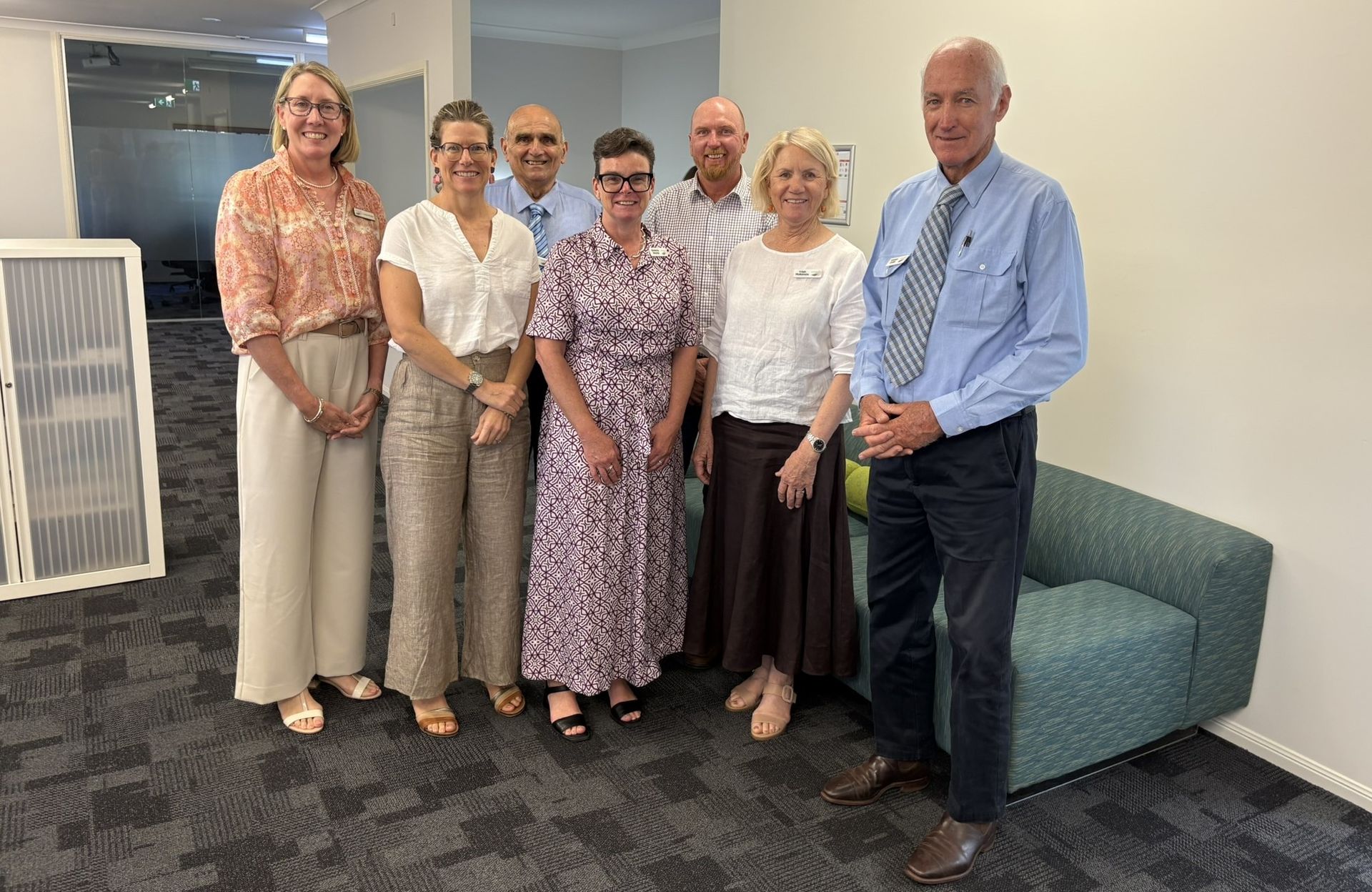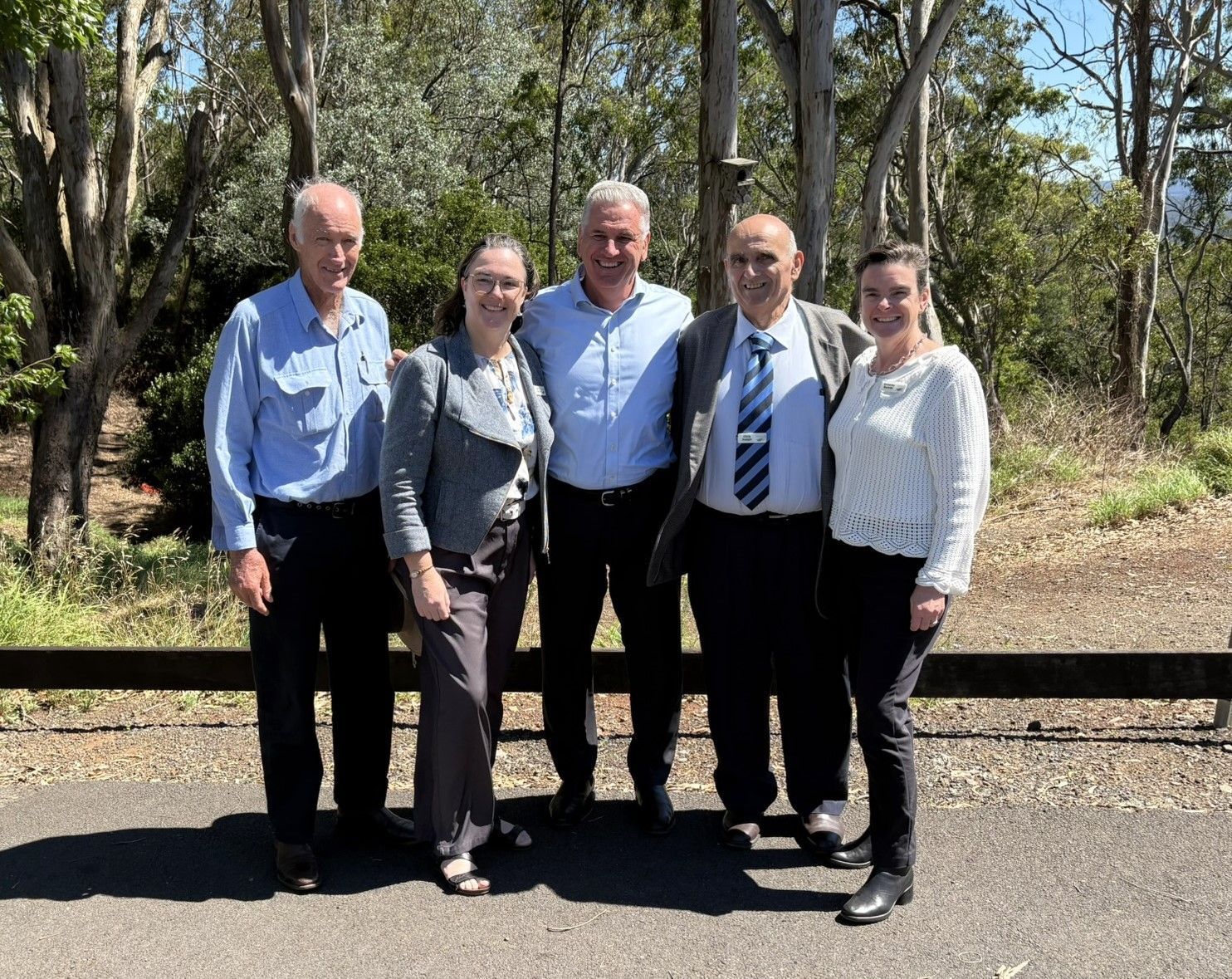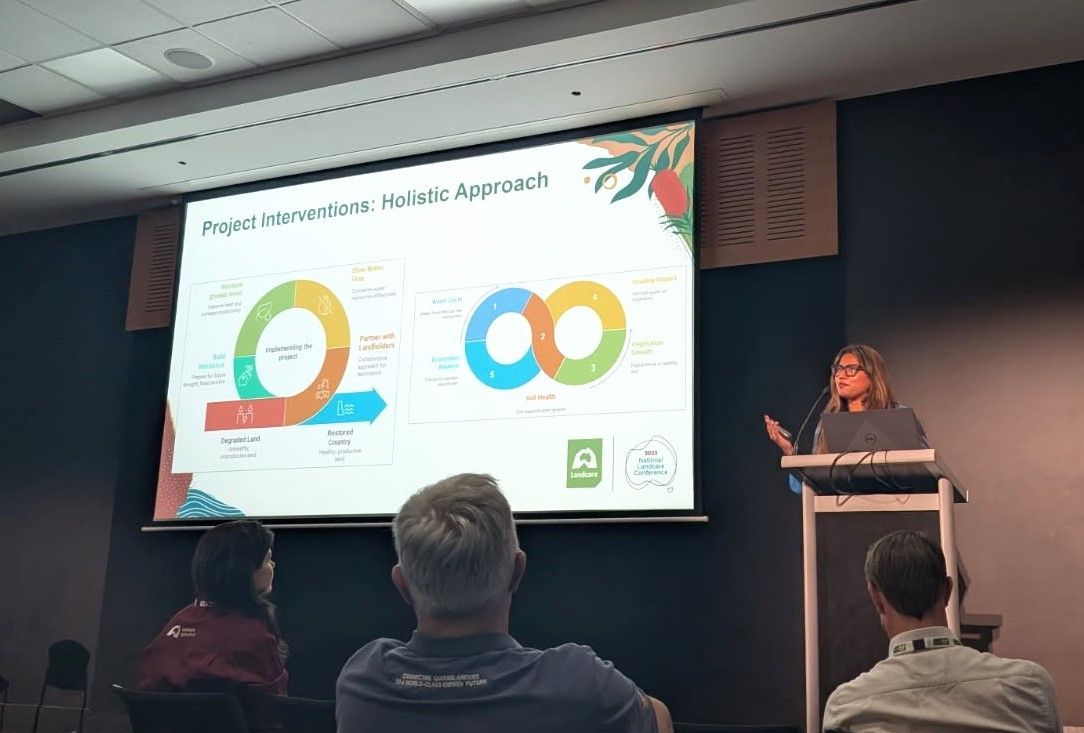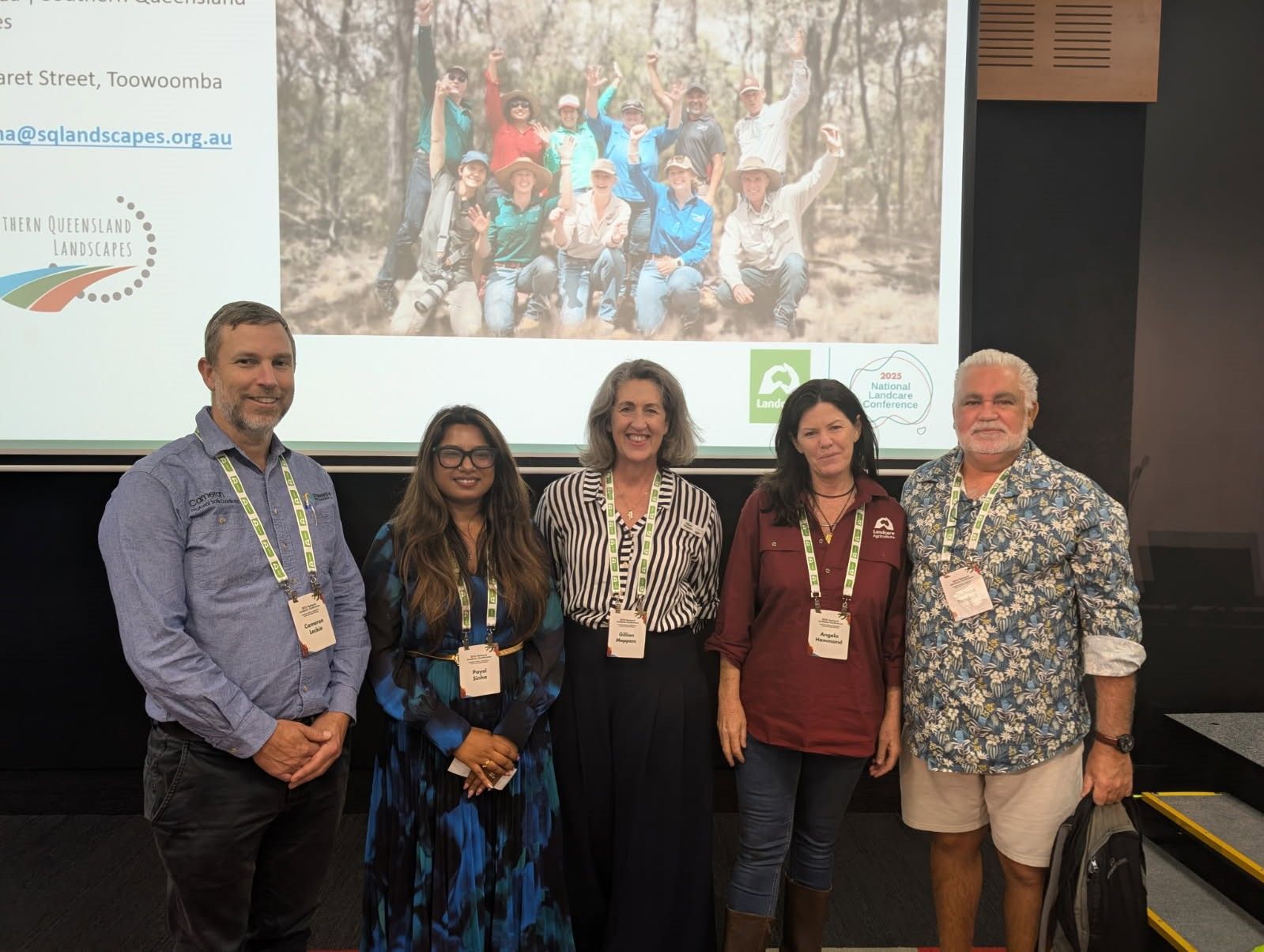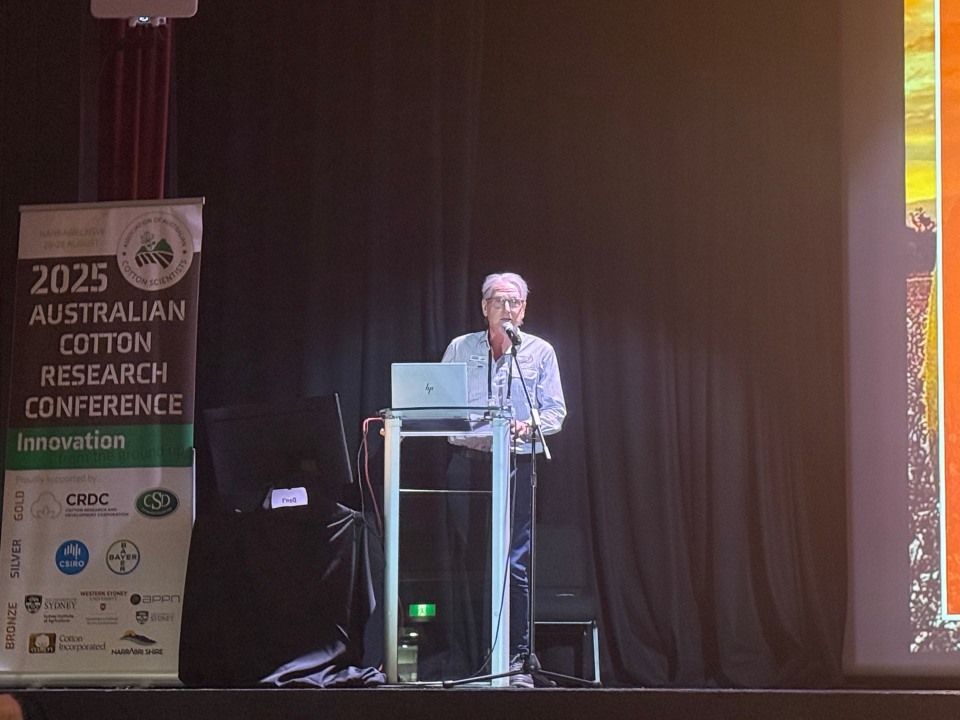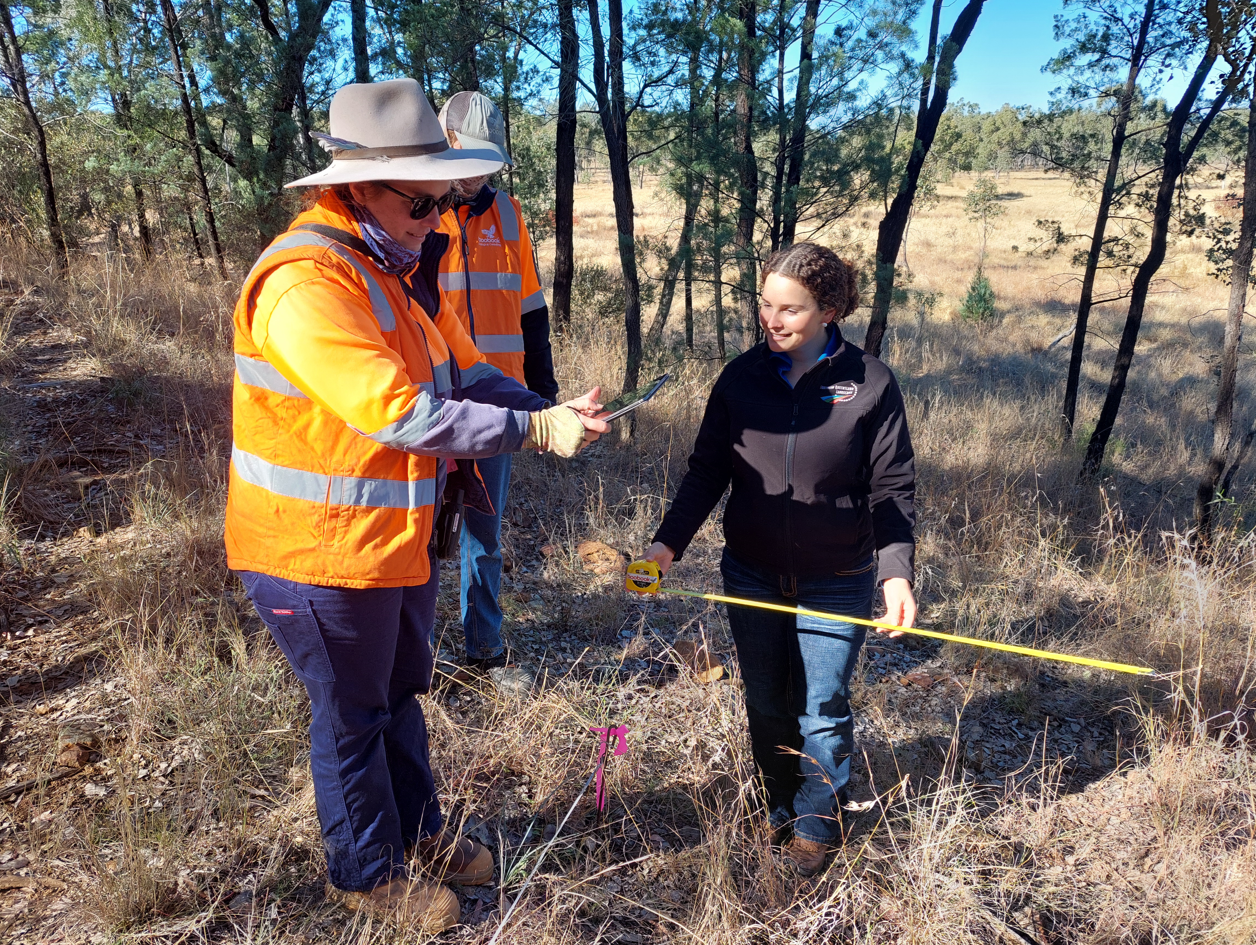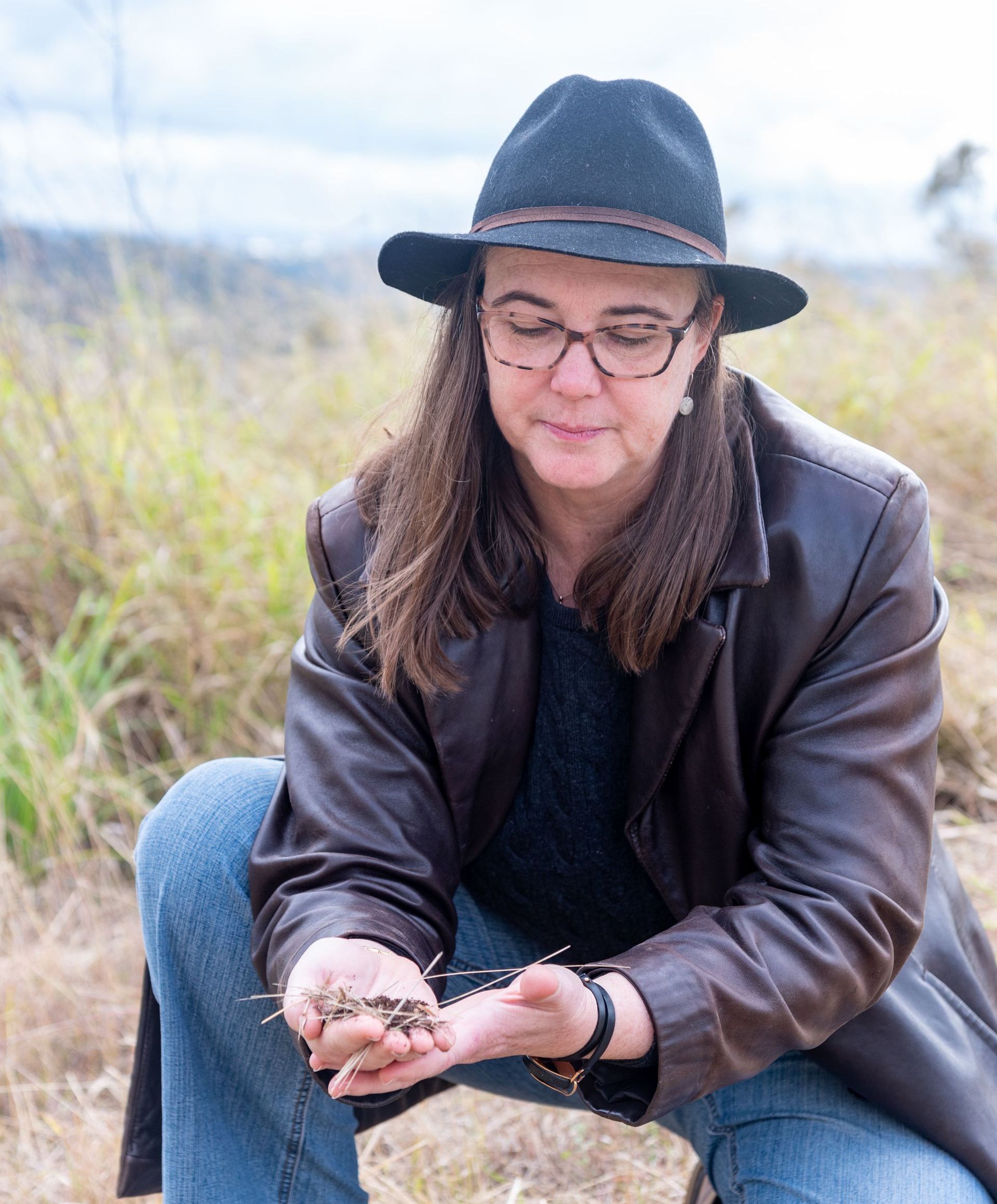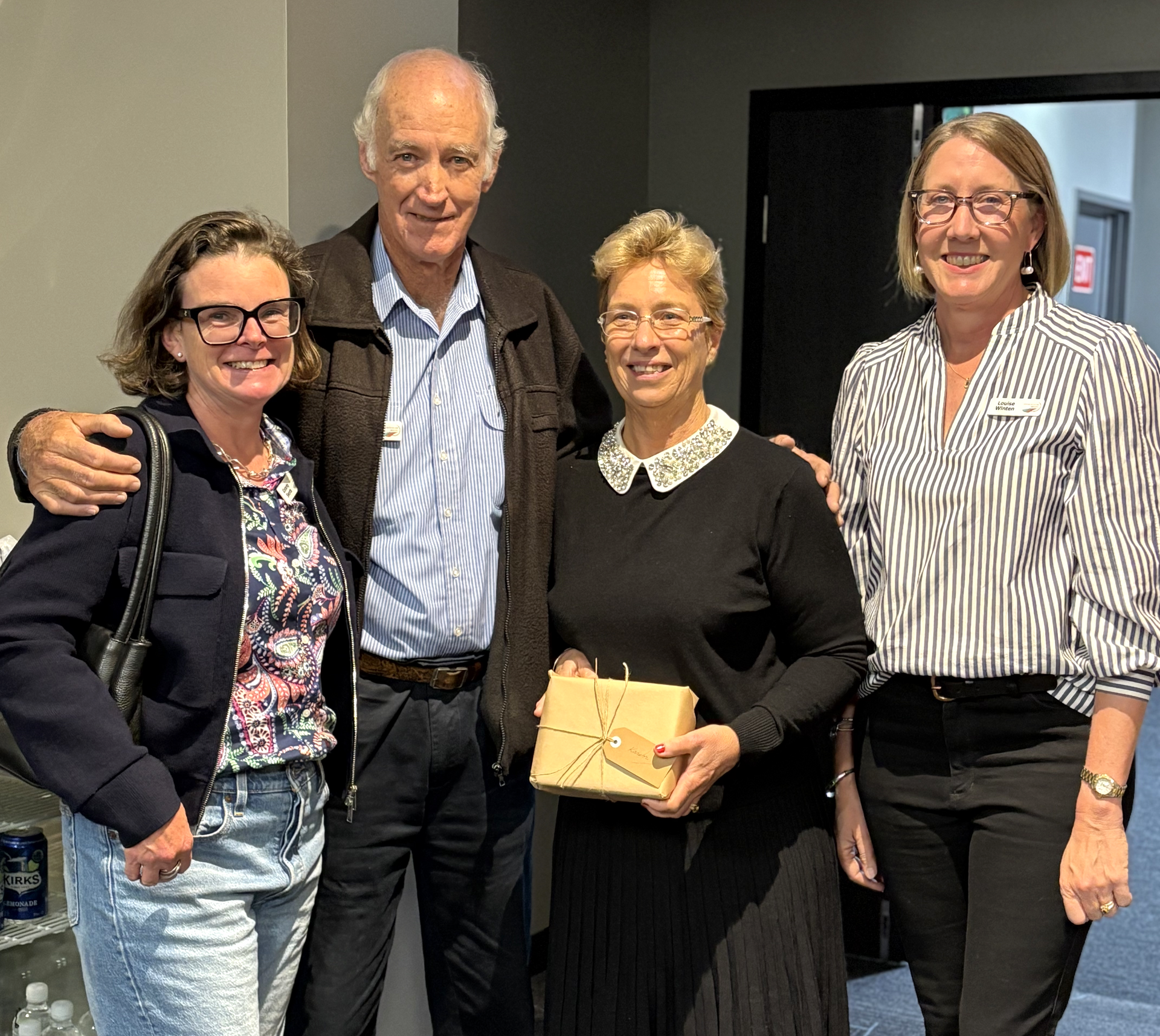Urban agriculture may be the key to unlocking the potential of locally grown produce in regional Australia following a rebirth in interest for home grown.
Urban agriculture is a multibillion-dollar market in Australia, with global interest that is said to boost social, environmental, economic and urban life.
It is centred around growing food in urban spaces such as public parks, green spaces, community gardens and in housing of all shapes and sizes and the movement is aimed at connecting communities to thrive together.
Jelenko Dragisic is the founder of Gleanr; a collaborative space where people can access free resources, interactive tools and connect with other urban food growers to become part of the urban agricultural movement.
“Urban agriculture is all about bringing people together and developing community through food security, urban planning, land management and more,” Jelenko Dragisic said.
“Urban agriculture benefits soil and the environment, promotes community enterprises and connections; it diversifies the industry,” Mr Dragisic said.
“It has already been a tremendous success all across the world, including in countries like Argentina and France where it’s adopted on a massive scale,” he said.
“Some of these large-scale urban agriculture centres in Paris feed its local communities and supply local restaurants.”
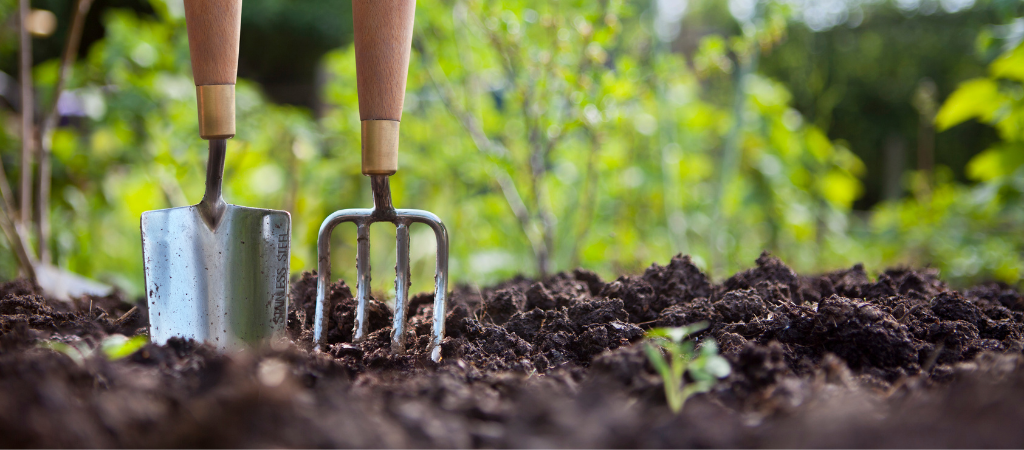
“Urban agriculture benefits soil and the environment, promotes community enterprises and connections; it diversifies the industry,” Mr Dragisic said.
Urban agriculture in these cities have been widely reported including by The Guardian, Lonely Planet and the World Resources Institute.
Urban agriculture spaces in Paris have been some of the biggest successes in major city environments including sites
reported as large as 14,000 sq meters (similar in size to two football fields) and can produce thousands of kilograms worth of fruits and vegetables a day.
Mr Dragisic said the same success can be replicated across Australia and that the movement will continue to pick up speed as more governments and communities adopt the practice.
“In Rosario, Argentina, the city adopted forms of urban agriculture as a solution to food security following regular flooding and insecurity and now you have widespread green spaces and a stronger food supply to the city,” Jelenko Dragisic said.
“There’s flexibility in this model as you can apply this just as easily in a city as you could in a regional centre; so if cities like Rosario can do it, Toowoomba can too;” Mr Dragisic said.
“Toowoomba could develop something unique; most regional cities are coastal, but Toowoomba is inland so it can demonstrate how inland cities can grow and cater to population growth,” he said.
“For me it’s impossible to imagine a city in ten years time to consider itself a city without a genuine urban agriculture feature.”
SQ Landscapes CEO Paul McDonald and New Business Lead Tim Vale joined a roundtable at Parliament House in Brisbane and saw first-hand the community potential in this initiative.
The roundtable brought together various groups and organisations to discuss how urban agriculture could benefit the community and how different approaches could be taken to implement a project in Toowoomba.
“Community initiatives are a central part of everything we do at Southern Queensland Landscapes,” Paul McDonald said.
“Seeing how invested the community is in finding new ways to expand food security, develop our regions, and connect is inspiring,” Mr McDonald said.
“Urban agriculture is one of many new initiatives happening all across Australia and can be key to revitalising our regional centres,” he said.
“Community-based initiatives link back to some of our own commitments to develop regional communities to do great things.”
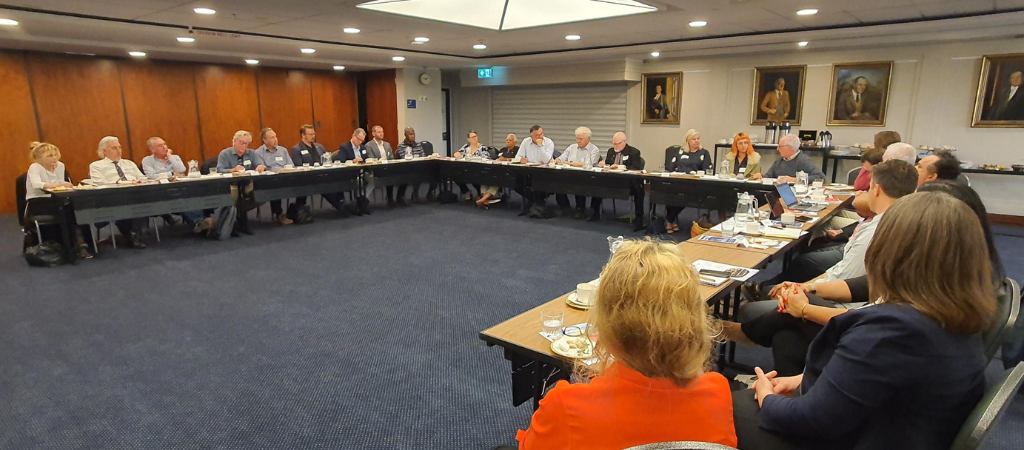
“Community initiatives are a central part of everything we do at Southern Queensland Landscapes,” Paul McDonald said.
New Business Lead Tim Vale said the program is an excellent opportunity to invite the community into the movement.
“Anyone across our region can participate in urban agriculture…there are no prerequisites or barriers but rather a concept of utilising available space coexistence within a residential or industrial area,” Tim Vale said.
“The discussion we joined was thought-provoking and raised several opportunities for individuals and communities to become involved in urban agriculture,” Mr Vale said.
“Urban agriculture provides a fantastic opportunity for community engagement at all scales,” he said.
“I think what makes urban agriculture special is it allows someone to literally see the fruits of their labour and then allows them to share with family or friends.”
The community is an integral aspect in the implementation of urban agriculture, where gardens are integrated into local life.
Gleanr’s Jelenko Dragisic said there is a strong future for the movement, highlighting how important figures in government and media are beginning to promote urban agriculture through raising awareness and supporting gardening with everyday Australians.
Mr Dragisic points out that while high-profile support is a motivating factor, he stresses the importance of a community-based approach.
“We’ve worked with lots of people and communities to promote urban agriculture, including figures like Costa Georgiadis from the ABC, while he was co-sponsoring national composting week,” Jelenko Dragisic said.
“But what’s most important is that lots of people from all over Australia want to get involved in food production and we want to encourage them to get started; to start small and slowly develop on what works,” Mr Dragisic said.
“That’s what will develop communities because food growing ultimately doesn’t require a lot of attention; just taking the time to learn slowly, talk to others in your area and find your groove and get enjoyment out of it,” he said.
“Initiatives like this don’t just get people involved in gardening, but build communities and help people think about diet and food more closely and that’s what is so special about urban agriculture; it has the capacity to really redefine how communities act and think at a collective and individual level.”
For more information on Gleanr visit
https://www.gleanr.com.au/
If you are keen to start (or have already started) an urban agriculture movement in Southern Queensland, ‘Get In Touch’ with SQ Landscapes to find out how we might be able to help you
https://www.sqlandscapes.org.au/
